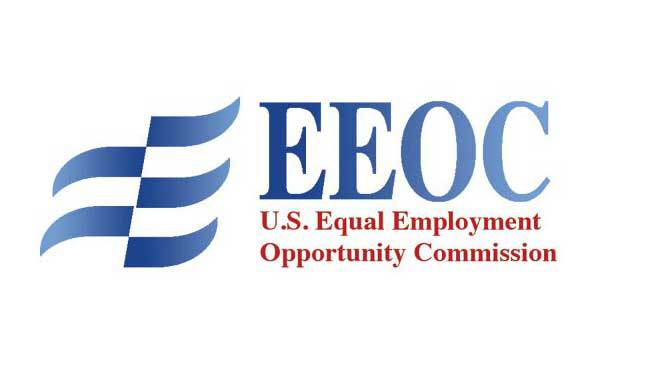Payroll
A CPA’s Guide to the New EEO-1 Report, and Why It Matters
The new report gives tax and accounting professionals a new opportunity to add immediate value to clients. But how? The first step is education. Now is the time to understand the new requirements so you’re well equipped to help employers successfully ...
Jul. 31, 2017

Employers of all sizes rely on accounting professionals to manage and report on their financial performance. With ever-shifting regulations and compliance demands, the traditional role of accounting professionals is evolving. More and more employers are turning to their accountants to help navigate not only finances, but other requirements like health care compliance. This changing role offers an opportunity for accountants to bolster services, increase value, and become an indispensable partner for clients.
One such regulation that presents the opportunity to upsell services is the newly expanded EEO-1 report from the Equal Employment Opportunity Commission (EEOC). In an effort to uncover and deter wage discrimination in the workplace, the mandatory report now requires private employers with over 100 employees and federal contractors with over 50 employees to disclose employee pay wage data and hours worked—a tedious and nuanced requirement.
The new report gives tax and accounting professionals a new opportunity to add immediate value to clients. But how? The first step is education. Now is the time to understand the new requirements so you’re well equipped to help employers successfully navigate and comply with EEO-1 requirements.
New effort to uncover pay disparities
The EEOC created the EEO-1 report more than 50 years ago to help curb discrimination in the workplace. Since then, the EEO-1 report has developed into a robust compliance survey designed to root out discriminatory practices, hold companies accountable for their hiring decisions, and recognize diversity in the workplace. Failure to comply with EEOC reporting requirements may result in costly penalties or even jail time.
In the past, the EEO-1 requirement was a two-page document detailing an organization’s race, gender, and ethnic breakdown, so the EEOC could track the company’s demographics and see if discrimination was occurring. This year the document has quadrupled in length to eight pages, requiring employers to document pay rates and hours worked to get a true and comprehensive picture of what pay discrimination in the workplace might look like.
The report’s expansion indicates the EEOC’s heightened commitment to ending workplace discrimination, and enables the commission to identify wage gaps and find where gender- and ethnicity- and race-based pay disparities exist. At the same time, it significantly increases the burden on employers who must mine, translate, and report on data from disparate systems, such as payroll, and even employee surveys—a tedious task that comes with stiff penalties if completed inaccurately.
Specifically, employers must provide employees’ wages and the aggregated number of hours worked (they don’t need to report exact earnings from employees’ W-2). They also must indicate which EEOC-determined pay band the employee falls into, as well as which employee job classification. As with the previous EEO-1 report, employees will self-report their gender and ethnicity or race.
Multiple data sources and the volume of information required make the regulations particularly difficult for employers to handle and will likely draw questions from clients before the March 31, 2018 reporting deadline. As data trusted financial partner to your clients, employers may soon be coming to you to help manage, aggregate, and report on this information.
Guiding your clients to compliance
As with any new reporting requirement, there will likely be questions and even hiccups on the path to compliance, so employers should begin preparing early–and accounting professionals can play an important role in helping clients navigate these changes
One key way that employers can get a jump start on EEO-1 reporting is by investing in technology. By identifying and vetting technology partners to help employers comply with the requirements, accountants can add immense value to traditional financial services. You should keep an eye out for ways to simplify the hourly tracking process, such as automated payroll technology, and aggregate the data needed to complete the report. The right solution can take a lot of the strain out of reporting for employers.
As tax and accounting professionals, you may have insight into why certain pay disparities exist within an organization, and can educate your clients on these scenarios. For instance, certain benefits can affect W-2 income and may ultimately impact the EEOC pay band in which employees fall. Employers also have to understand the possible impacts on wages so they can explain them, should the EEOC question a particular pay practice. You should look out for any employee pay disparities, especially amongst genders, ethnicities, or races, and be able to communicate why they exist to clients.
While the EEO-1 report may be a lesser known reporting requirement to the accounting world, the recent changes present an opportunity for accountants. Now you can expand your role as a trusted advisor who can help clients collect and report the data needed for compliance. With so much confusion bound to come out of these updates and changes, familiarizing yourself with EEO-1 can only benefit you and your clients in the long run.
———–
Arthur Tacchino, J.D., is Chief Innovation Officer at SyncStream Solutions.
